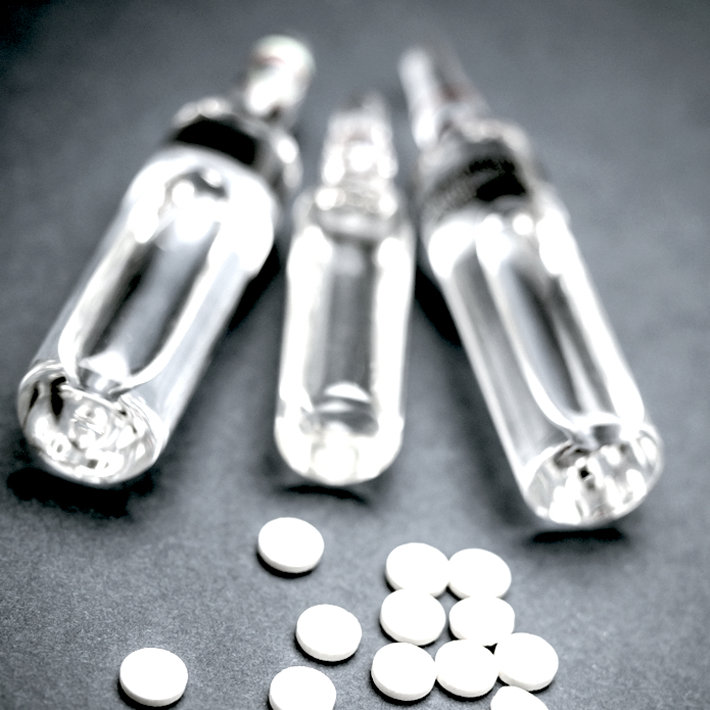More Drugs May Not be the Answer to Opiate Addiction

Thirty years ago, opiate addiction had a very limited range. Most opiate addicts were simply using heroin. A few might be abusing morphine and in a few regions, addicts might have access to opium. In recent years, this landscape has changed entirely. In the last couple of decades, there has been an enormous swing to prescription opiates but the effects of the addiction that results are little different from the earlier ones.
Opiate addiction now could involve fentanyl, a painkiller said to be 50 times stronger than heroin, or the well-known and widely abused Oxycontin. Oxycontin abuse has been so deadly that efforts have been made to formulate new, abuse-resistant pills. As these pills thwart addicts, those who need the drugs simply migrate to other opiates. The new substances sought to satisfy these opiate addictions include the original heroin, hydrocodone, hydromorphone or morphine.
When those suffering from opiate addiction migrate to heroin, they immediately put themselves at risk for overdoses. These people are usually not accustomed to dealing with the varying potencies of heroin and can easily overdose. Around the country, some heroin overdoses have been attributed to this switch from prescription to street drugs. In Norman, Oklahoma, law enforcement officers watched as addicts in the area switched from Oxycontin to Mexican black tar heroin.
Getting a Person Stably Off Opioids The Holistic Way
There are short-term drug rehabs that put an addicted person through a recovery program in under a month. There are “medication-assisted” programs for opiate addicts that prescribe months or, more often, years on synthetic opioids as a way of keeping an addicted person from using illegal means to get drugs. While a person is helped to stay out of jail and has control of the dosage he or she is receiving, this is no way to bring about sobriety.
In fact, interviews with people on Suboxone, methadone or buprenorphine show that many of them continue to illicitly abuse drugs while they are taking the medication or that they only save a little of their drugs for an emergency (when they cannot get their hands on heroin) and sell the rest. It depends on how strictly run the addiction treatment program they are part of is. In some programs, the participants are drug tested and may be thrown out if they test positive for anything other than the drug they are administered.
Holistic recovery means that a person’s whole life is addressed. Treatment is very different from giving a drug that covers up cravings by supplying other opiates. Holistic recovery means a person learns to deal with the life issues that might have started them using drugs in the first place. The physical damage done by addiction is also addressed.
Narconon Offers Holistic Recovery
There are dozens of Narconon drug and alcohol rehabilitation centers around the world, and each one is long-term and holistic. Every person who comes to Narconon for recovery proceeds at his or her own pace, not being discharged before recovery is complete. Cravings are addressed through a deep detoxification step that utilizes a low-heat sauna and nutritional supplements. After this step is complete, those in recovery talk about brighter outlooks and lowered cravings. Some people even say their cravings are gone.
Then each person must learn or relearn the life skills that are destroyed by addiction. When drug use starts very young, it is possible that these skills were never learned in the first place. These skills include being able to successfully deal with life issues and people, knowing how to recover and preserve one’s personal integrity, and knowing and how to solve and guide one’s decisions.
When these and other life skills actions are complete, Narconon graduates understand how to create new sober lives for themselves.
Find out how someone you love can go from addicted to lasting sobriety. Contact Narconon today.


 ®
®